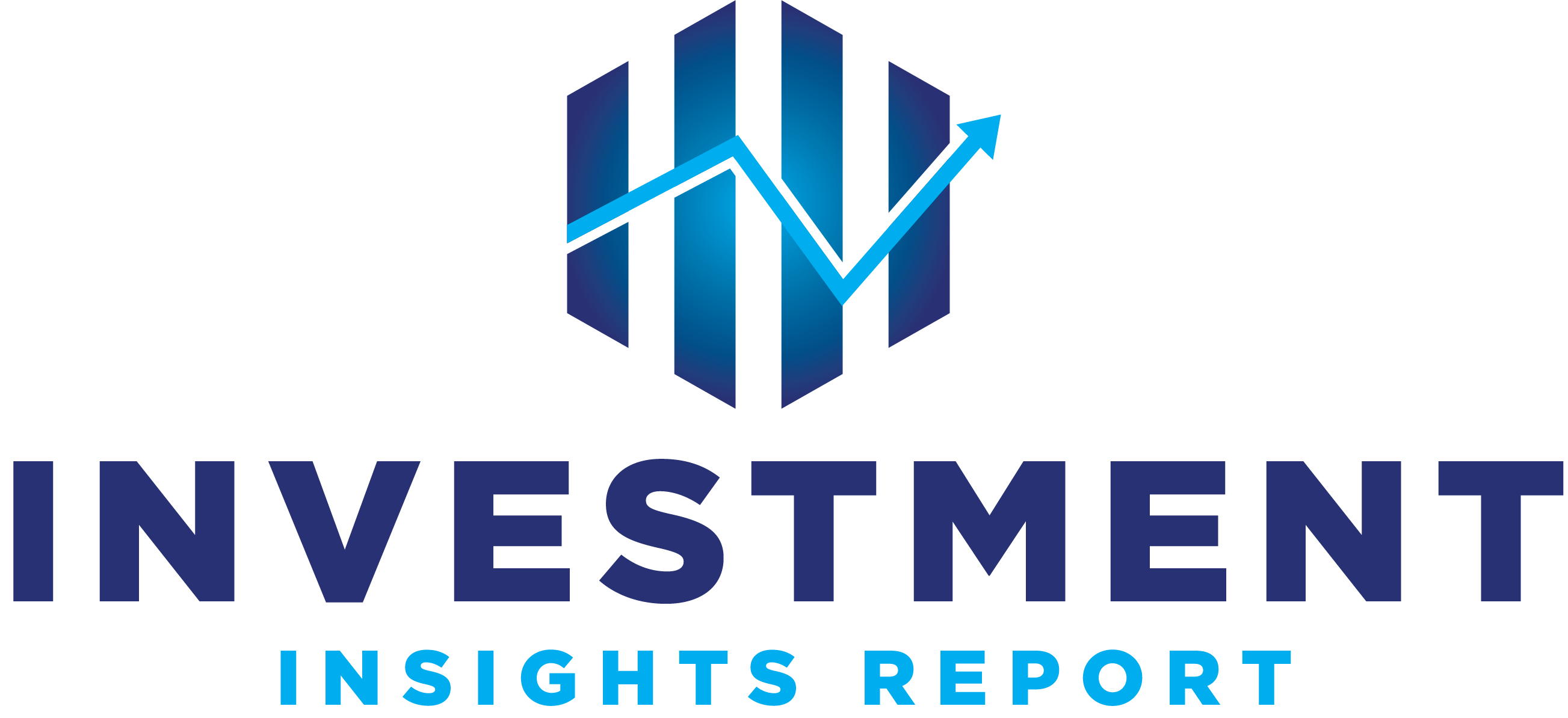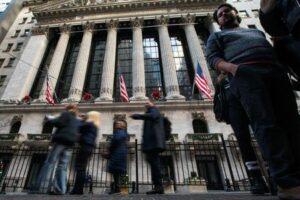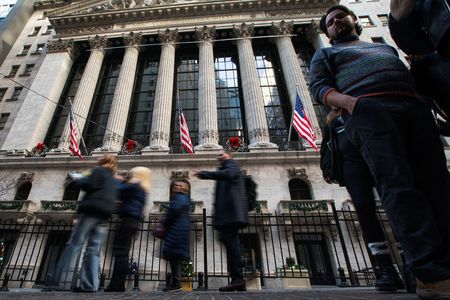By Shristi Achar A
(Reuters) – Short sellers have been raking it in over the last 30 days as receding bets of an early interest rate cut by the U.S. Federal Reserve triggered a selloff in the equity market.
Traders have made a mark-to-market profit of more than $25 billion up to Thursday from covering their short positions, said Ihor Dusaniwsky, managing director of predictive analytics at S3 Partners, more than erasing their $14.8 billion in losses so far this year.
WHY IT’S IMPORTANT
Short sellers were in a bind for most of last year as a raging bull market, partly powered by enthusiasm around AI as well as hopes of an early rate cut, forced them to book nearly $190 billion in losses for 2023.
The current weakness in the market allows them to cover a portion of those heavy losses. The benchmark S&P 500 index is down about 5% so far in April and off by a similar margin from its record high hit last month.
THE NUMBERS
Overall U.S. & Canadian equity short exposure fell by $50 billion to $1.08 trillion in the last 30 days, largely due to a fall in the mark-to-market value of short positions and short covering.
Mark-to-market change is the method of measuring the value of assets that can fluctuate over time, adjusting the asset’s value to reflect its current market price.
THE DETAILS
Bets against bitcoin-focussed MicroStrategy and chip stocks such as Advanced Micro Devices and Super Micro Computer were profitable for traders during the period in dollar terms.
That was despite those stocks witnessing the largest mark-to-market decrease in short positions.
However, short positions on oil giant Exxon Mobil, Google-parent Alphabet and e-commerce company Amazon.com turned out to be least profitable for traders.
(Reporting by Shristi Achar A in Bengaluru; Editing by Anil D’Silva)



